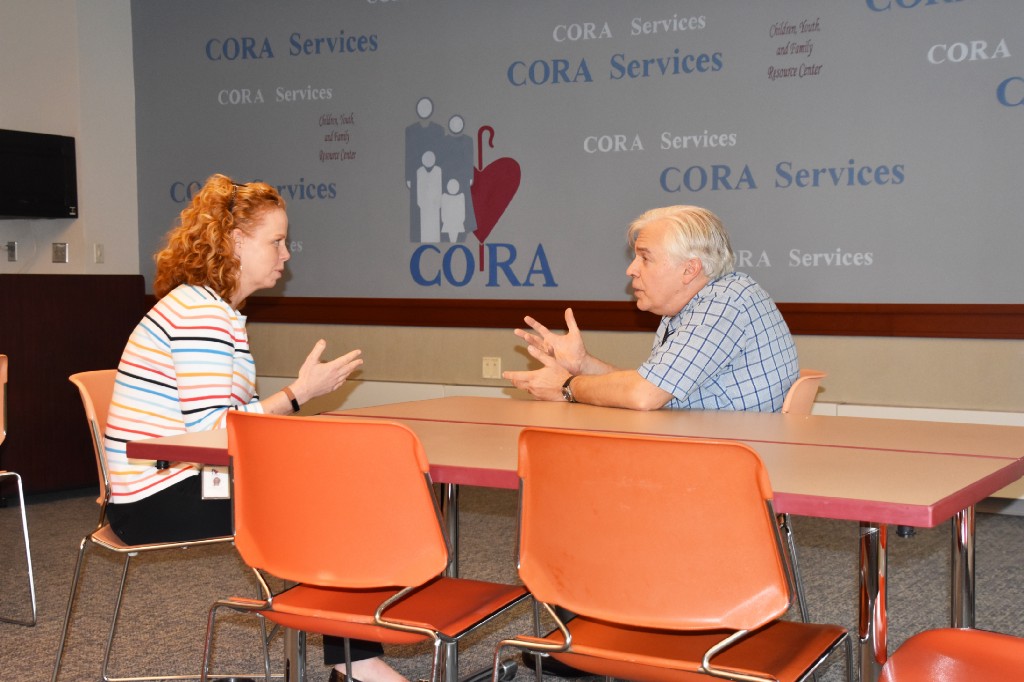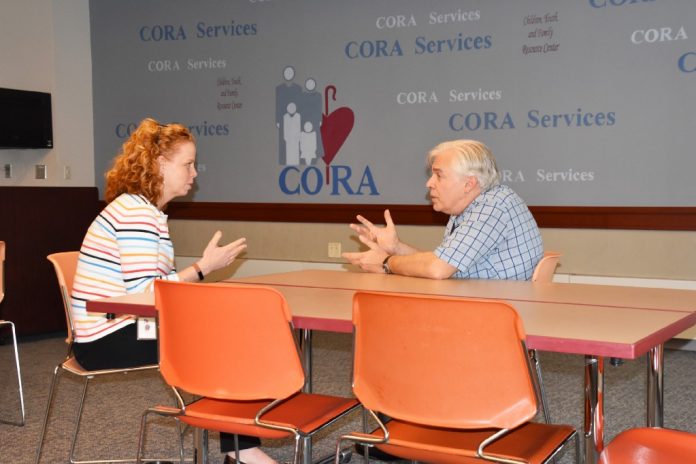Local group hopes to bring the opioid epidemic to the forefront with a public discussion next week.

For years, Northeast Philadelphia has been fighting a silent battle.
In 2015, at least 107 Northeast residents died due to drug overdose. In the Lower Northeast region, death rates reached approximately 38.1 deaths per every 100,000 residents.
The killer has a name. In 2016, opioids were found in more than 80 percent of all drug deaths in Philadelphia.
“People are starting to see it,” said Mary Doherty, Director of Government and Strategic Partnerships at CORA.
“I think people are hearing about it, and experiencing it in their own lives,” she said. “Friends, family, neighbors. Sometimes, strangers they pass on the street.”
From 2003 to 2015, unintentional drug overdose has surpassed homicide and unintentional injuries in number of deaths caused in the city. In 2015, there were more than twice as many deaths from drug overdose in Philadelphia as there were from homicide.
Now, Northeast-based service group CORA is starting a conversation.
Located at 8540 Verree Road, CORA’s mission is to assist children, youth and families experiencing emotional, academic and social challenges. CORA provides an extensive list of services to improve the lives of Northeast residents and those from surrounding communities.
On Wednesday, Nov. 1, though, its focus is going to be on challenging the opioid epidemic. CORA will host the first event of the community conversation series, “Know Drugs in the Northeast.”
During the event, Doherty will lead a discussion with AnnMarie Schultz, CEO of CORA, and David Fialko, a certified presentation specialist for the Council of Southeast Pennsylvania Inc.
Recent research and statistics on drug and opioid use will be presented and discussed with the community. The event will feature in-person training in overdose reversal through Narcan administration.
Schultz and Doherty encourage members of the community to participate in the discussion. It will be informative, but is also meant to help give the community a voice.
The event will run 6 to 8 p.m. at CORA’s service center.
“The opioid epidemic has thrown people’s eyes wide open,” Doherty said. “In the Northeast, the don’t-talk-about-it mentality has been here for a long time. But now it’s smacking them in the face because there are people in the neighborhoods who are dying left and right.”
The speaker series is part of a paired effort with Mayor Kenney’s Task Force to Combat the Opioid Epidemic. At the beginning of the year, the task force hosted several sessions where residents were invited to come voice their opinions about what the series should focus on.
The task force held four community listening sessions. CORA hosted the fourth of these sessions, which was also the most attended.
“People were lined up to speak,” Schultz said. “People wanted us to follow up from that, and this is our follow up.”
Based on community input, the discussion will focus on four main points: prevention and education, treatment, overdose prevention and involvement of the criminal justice system.
There are three planned community conversation events planned after this one. The second will occur early 2018. The topic has yet to be decided.
Opioids are a class of drugs that interact with opioid receptors in the brain and are commonly used as pain relievers. Heroin, morphine and oxycodone are all examples.
A synthetic opioid known as fentanyl spiked in use in 2014, according to the city Department of Public Health. A similar drastic spike in deaths involving fentanyl happened in 2006, when users started taking it in conjunction with other drugs. It immediately dropped back down to little use in 2007. Currently, use of the drug is seeing a similar uptick to what happened in 2006.
Substance misuse is not a Philadelphia-specific issue. In 2015, nearly 21 million people had a medically diagnosed substance abuse disorder, but only one-tenth of those people sought any sort of treatment.
Doherty said one of the biggest roadblocks in the way of addicts seeking treatment is the stigma against it.
“Sometimes the way people are treated when they seek treatment is ugly, and I don’t think anybody in the throes of an addiction needs another obstacle,” Doherty said.
She recounted a time when she went into a local pharmacy and requested Narcan for the agency.
“He looked at me and said, ‘What do you need it for,’ ” she recalled.
Doherty described Narcan (also known as Naxalone) as a response to a public health problem. It is a medication used to block the effects of opioids, particularly overdosing.
According to Doherty, only about 10 percent of people who could benefit from addiction treatment actually receive it. This is due to a combination of the person not seeking help, the stigma and, most importantly, that treatment service is not commonly available.
According to the Surgeon General, about 75 percent of 18- to 30-year-olds admitted to substance use disorder treatment programs began using substances at age 17 or younger.
“The younger you start using, the closer and quicker you come to addiction earlier on,” Doherty said.
That’s why one of CORA’s main goals is to start impacting people while they are young.
“CORA has been founded to do earlier intervention to keep families intact and in their communities,” Doherty said.
Doherty said diversion of funding has made focusing on intervention a challenge, as most funding goes toward intervention level, when the addiction has already gripped the person.
“I’m not going to draw a straight line from lack of prevention services to the current epidemic,” Doherty said. “But I am going to draw a zigzag line.”
Schultz said those “on the fence” about attending the event are exactly the people the event is for.
“If they’re on the fence, they’re on the fence for a reason,” she said. “Even if they just come to hear what the community and city are doing, they are helping the community. The event is exactly for them.” ••
Logan Krum can be reached at [email protected]





